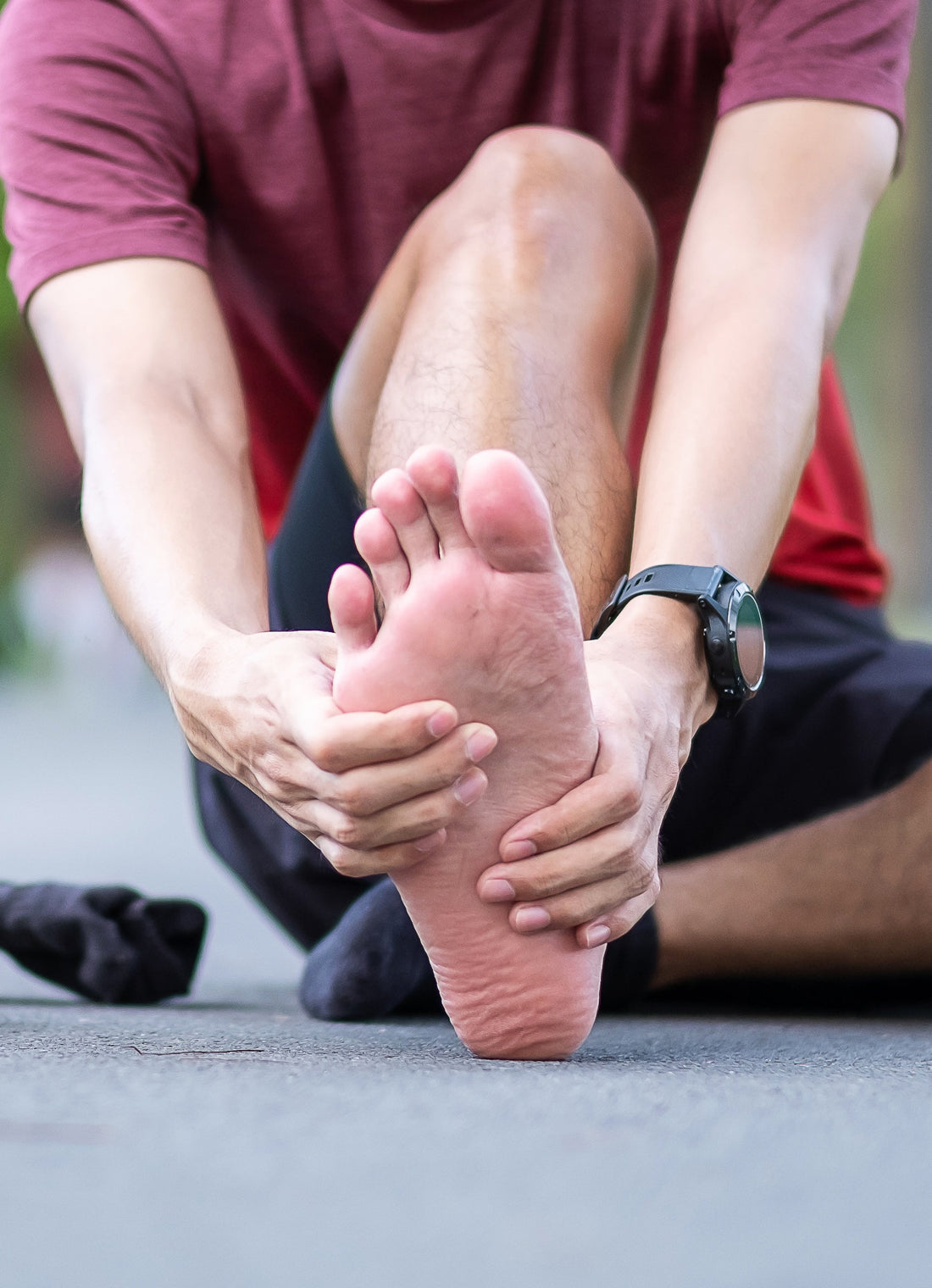Peripheral neuropathy is a condition that affects the nerves outside the brain and spinal cord, often resulting in pain, numbness, and tingling sensations. In particular, glove and stocking neuropathy is a specific pattern of this condition, where symptoms are primarily felt in the hands and feet, similar to the areas covered by gloves and stockings.
This article will delve into the causes of glove and stocking neuropathy, its classification, the importance of proper footwear, and some differential diagnoses. Understanding these factors can help individuals manage their symptoms more effectively.
What is Glove and Stocking Neuropathy?
Glove and stocking neuropathy, also known as glove and stocking paresthesia, refers to a pattern of nerve damage that causes sensations in the hands and feet. This distribution is typical in peripheral neuropathy because these are the longest nerves in the body, making them more susceptible to damage.
Classification of Peripheral Neuropathy
Peripheral neuropathy can be classified based on various factors:
-
Cause: Diabetes, alcohol abuse, and vitamin deficiencies are common causes.
-
Type of nerve affected: Sensory, motor, or autonomic nerves.
-
Pattern of nerve damage: Focal, multifocal, or generalised (such as in glove and stocking neuropathy).
Understanding these classifications helps in determining the appropriate treatment plan.
Causes of Glove and Stocking Neuropathy
Several conditions can lead to glove and stocking neuropathy:
Diabetes
Diabetes is one of the most common causes of peripheral neuropathy. High blood sugar levels can damage nerves over time, especially those in the feet and hands.
Alcohol Abuse
Chronic alcohol consumption can result in nutritional deficiencies and nerve damage, leading to neuropathy.
Vitamin Deficiencies
Lack of vitamins, particularly B vitamins, can cause nerve damage. These vitamins are crucial for nerve health and functioning.
Chemotherapy
Certain chemotherapy drugs can cause peripheral neuropathy as a side effect, affecting the hands and feet.
Autoimmune Diseases
Conditions like lupus and rheumatoid arthritis can lead to nerve damage due to inflammation and immune system attacks on nerve tissues.
Exposure to Toxins
Prolonged exposure to toxic substances such as heavy metals or certain industrial chemicals can result in nerve damage.
The Role of Footwear in Managing Neuropathy
Footwear plays a significant role in managing symptoms of neuropathy, especially for diabetic patients. Proper diabetic footwear can help in reducing pressure, preventing injuries, and providing adequate support to the feet.
Importance of Diabetic Shoes
Diabetic shoes are designed to reduce the risk of skin breakdown in diabetics with pre-existing foot disease. They provide extra depth to accommodate foot deformities and have a soft interior to prevent friction.
Neuropathy Footwear Features
-
Extra cushioning to absorb shock.
-
Seamless interiors to prevent friction-induced sores.
-
Adjustable straps for a secure fit.
-
Breathable materials to maintain foot hygiene.
Investing in suitable neuropathy footwear can significantly alleviate symptoms and prevent further complications.
Differential Diagnosis for Neuropathy
When diagnosing glove and stocking neuropathy, healthcare providers consider various differential diagnoses to rule out other conditions:
Charcot-Marie-Tooth Disease
A genetic disorder that affects the peripheral nerves, leading to similar symptoms to glove and stocking neuropathy.
Multiple Sclerosis
An autoimmune disorder that affects the central nervous system but can cause similar sensory symptoms.
Guillain-Barre Syndrome
A rare disorder where the body's immune system attacks the nerves, leading to weakness and tingling.
Hypothyroidism
An underactive thyroid can cause peripheral neuropathy due to decreased hormone production, affecting nerve health.
Managing Glove and Stocking Neuropathy
Managing this condition involves addressing the underlying cause and alleviating symptoms:
Medications
Pain relievers, antidepressants, and anticonvulsants are commonly prescribed to manage neuropathic pain.
Lifestyle Changes
-
A healthy diet rich in vitamins and minerals.
-
Regular exercise to improve circulation and nerve health.
-
Limiting alcohol consumption to prevent further nerve damage.
Regular Monitoring
Patients with conditions like diabetes should regularly monitor their blood sugar levels to prevent further nerve damage.
Conclusion
Understanding the causes and management of glove and stocking neuropathy is crucial for those affected by this condition. By identifying the root causes, utilising appropriate footwear, and exploring differential diagnoses, individuals can take proactive steps towards managing their symptoms effectively. Consultation with healthcare professionals is essential for a tailored treatment plan, ensuring the best possible outcomes for those experiencing this form of peripheral neuropathy.








